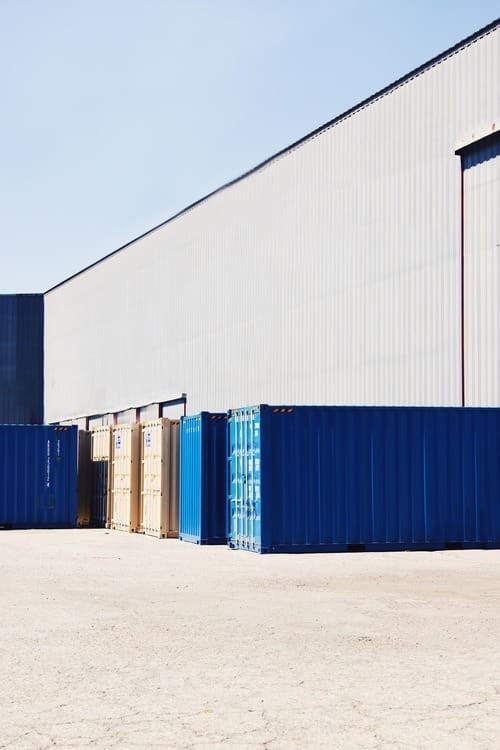A shipping container is a container with strength suitable to withstand shipment, storage, and handling.
Shipping containers range from large reusable steel boxes used for intermodal shipments to the ubiquitous corrugated boxes. In the context of international shipping trade, «container» or «shipping container» is virtually synonymous with «(standard) intermodal freight container» (a container designed to be moved from one mode of transport to another without unloading and reloading).
 Freight containers are a reusable transport and storage unit for moving products and raw materials between locations or countries. There are about seventeen million intermodal containers in the world, and a large proportion of the world’s long-distance freight generated by international trade is transported in shipping containers.
Freight containers are a reusable transport and storage unit for moving products and raw materials between locations or countries. There are about seventeen million intermodal containers in the world, and a large proportion of the world’s long-distance freight generated by international trade is transported in shipping containers.
Part L of the UK container regulations, contains criteria that effects efficient container design.
us estimated that several million of these containers have now been discarded due to the shipping cost of sending them back to their port of origin. Their invention made a major contribution to the globalization of commerce in the second half of the 20th century, dramatically reducing the cost of transporting goods and hence of long-distance trade.
The ubiquity and relative cheapness of used intermodal shipping containers meant that architects began to consider them as an alternative to traditional building materials. Used shipping containers were converted for use in housing, and as retail and office spaces. Examples of its use include the Cité A Docks student housing project in Le Havre, France; the Wenckehof container village in Amsterdam; the portable Puma City store in US cities; the food and retail Boxpark in London; the Dordoy Bazaar in Bishkek, Kyrgyzstan; and the temporary mall Re:START in Christchurch, New Zealand built after the 2011 Christchurch earthquake.
It has however been pointed out there are problems with recycling shipping containers, that it may not be as ecological friendly or cheap an option as it might appear. The containers may be coated with harmful chemicals such as chromate, phosphorus, and lead-based paints, while its wooden floors may be treated with toxic insecticides, and some cost and effort are involved in modifying containers to make them habitable. Others have noted various issues such as space constraint, insulation, and structural weakness if too much steel have been cut out of the containers.
